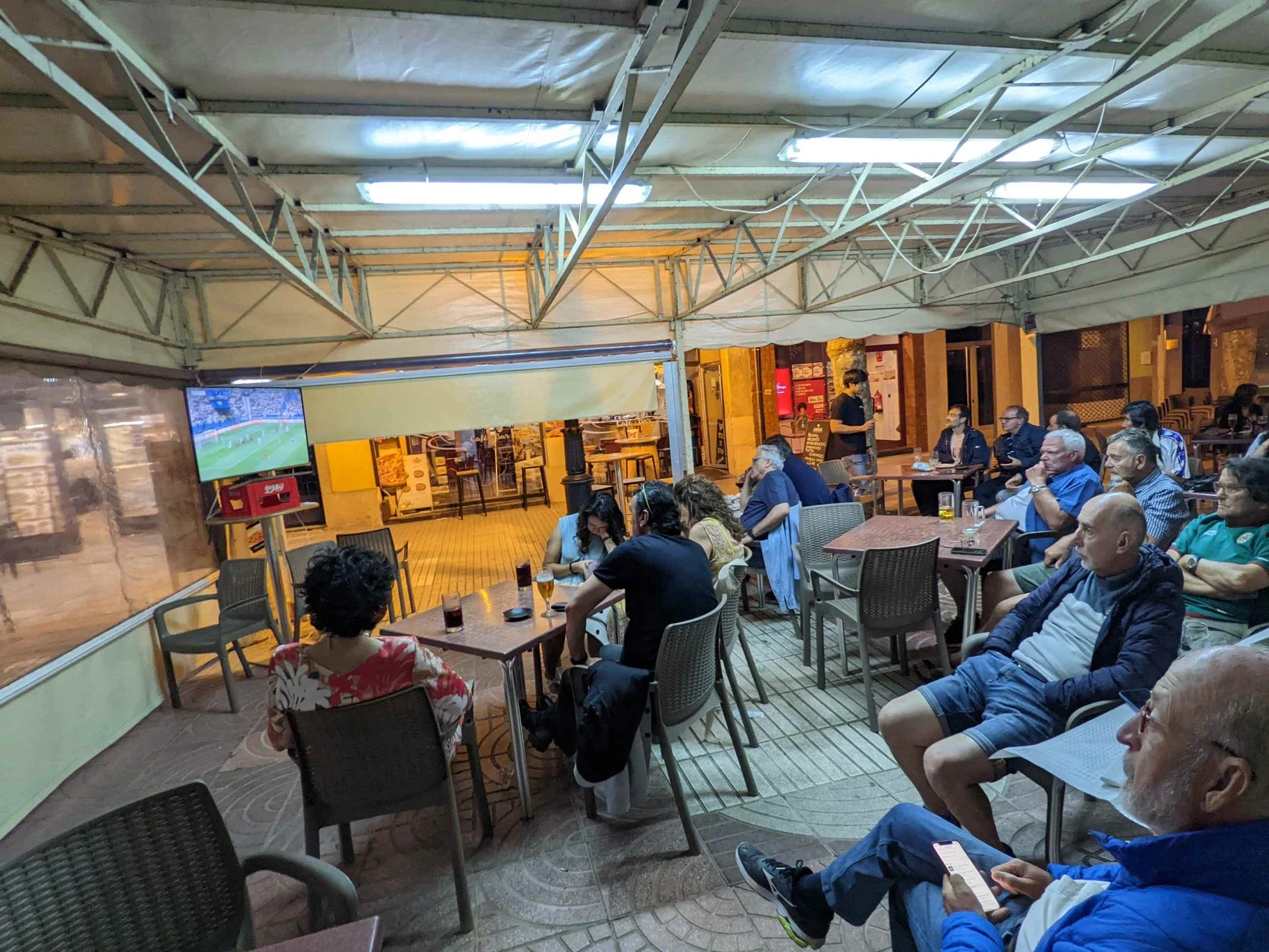After a morning stroll and supermarket shopping for a picnic lunch, we were sadly ready to leave Bilbao for Rioja, wine country. It’s not that we didn’t want to get to Spain’s premier wine region (Mark was a little less enthused. He’s not a drinker. We’re going to have to send him to alcohol appreciation boot camp so he can keep up with us). Simply we had fallen in love with Bilbao. We found it an elegant, laid back city with friendly people who were willing to help us despite language barriers. As a comparison, Tel Aviv and Bilbao have similar population sizes, both the cities themselves and their respective metropolitan surrounds. And there the comparison finishes. Tel Aviv; frantic, bustling, noisy and expensive. Bilbao; graceful, easy going, and cheap. A glass of wine and a pinxtos for under 5€. A full meal for 20€. You couldn’t get that for triple the price in Tel Aviv.
Our route to Santo Domingo was not direct. First stop was Logrono. We parked outside a pretty urban park, which was the starting point for a 12 km leg of the Camino de Santiago (Way of St. James, in English, but Camino de Santiago sounds much more romantic), the famous pilgrimage walking routes that spread throughout Spain and southern France. We were on a different type of pilgrimage, but were excited to do part of the Camino. Camino walkers even have their own greeting. We passed a number of walkers that greeted us with Bueno Camino. If we ever re-do a leg of shvil yisrael, we will greet walkers with “shvil tov”. Get’s a bit lost in the translation, I fear.
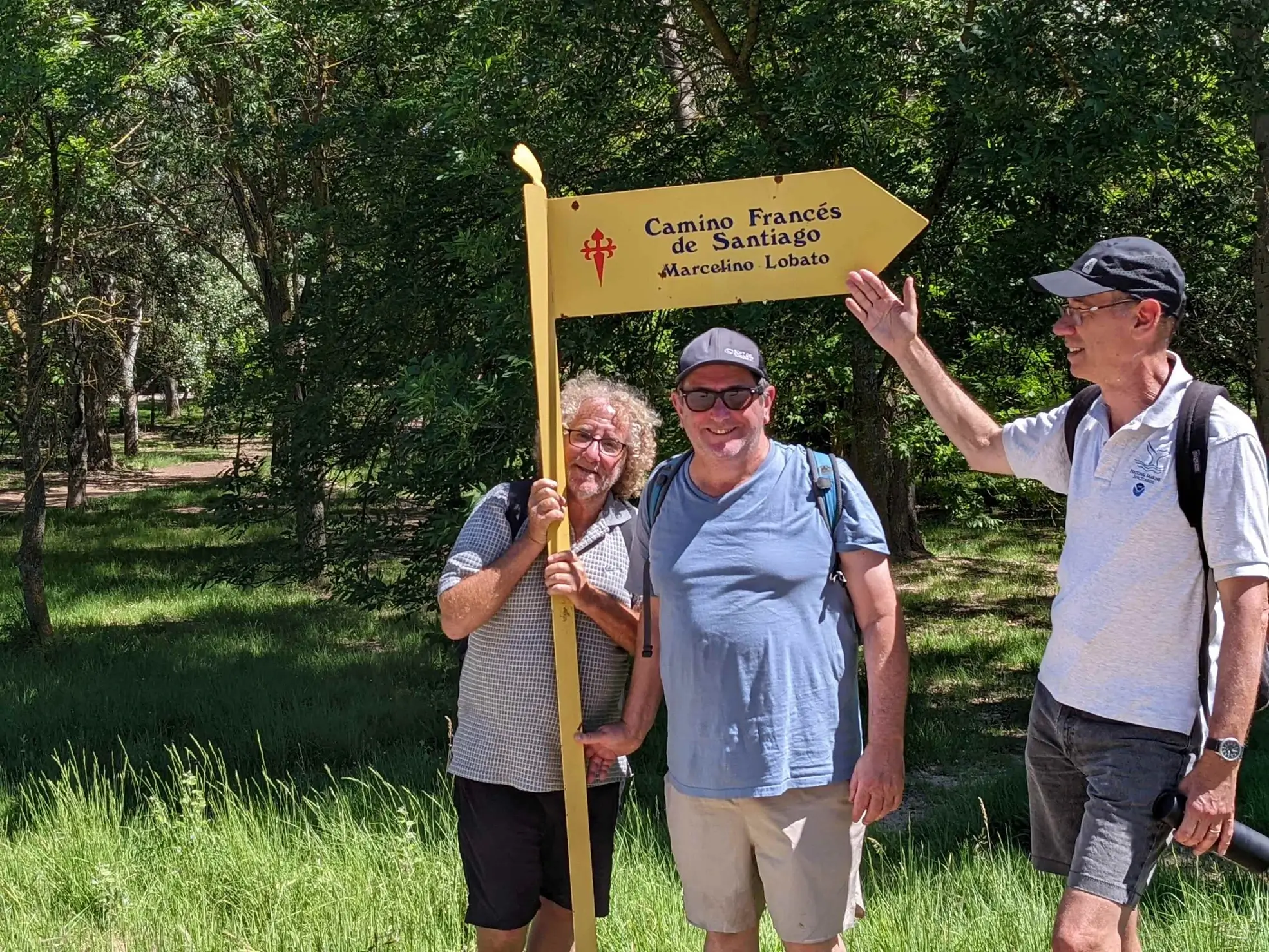
It may appear that this trip was only about food and drink. We actually worked very hard for the right to stuff our faces. We walked anywhere between 12 and 20 km a day, slightly compensating for the calorific imbalance. 5000 in. 1500 out. We walked through forests and along rivers, set trails, up mountains (a steep hill, actually) and through country villages and medium sized cities. It all adds up. And the walking was definitely as enjoyable as any other elements of the trip. If this was a team event, our total km’s would have been even higher, since Mark and Garry, who are far fitter than Yoni and I, would get up early every morning to walk or run 5 km before we even started the day’s activities. Our meagre daily averages were definitely enough for me.
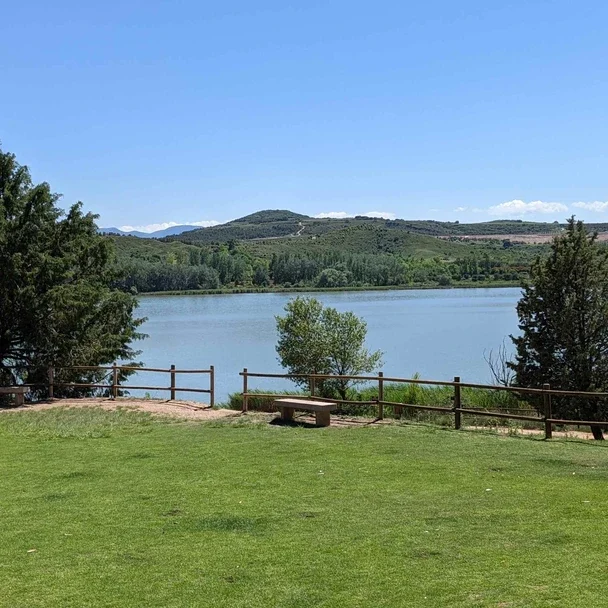
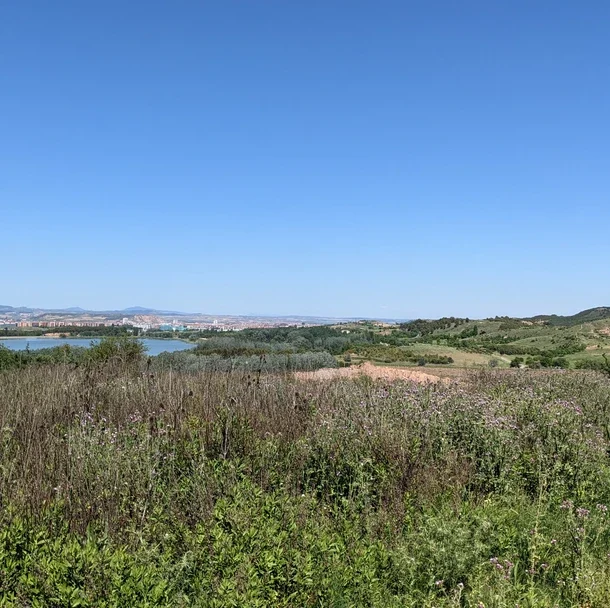
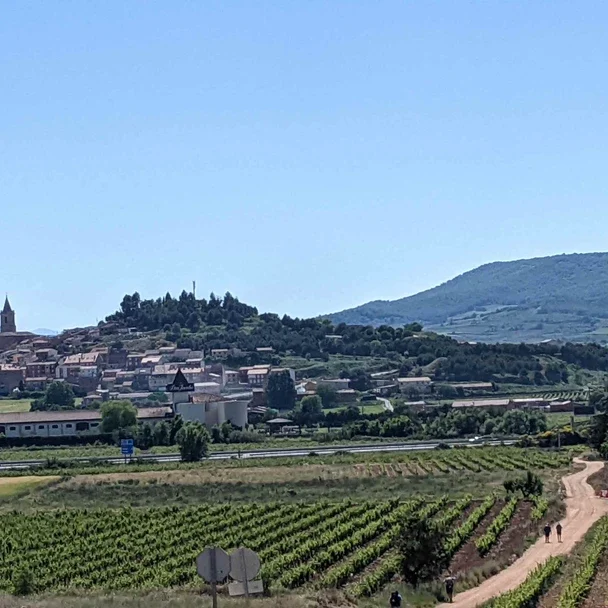
The Logrono to Navarette leg of the Camino was just right. Not too challenging, starting at the urban park (perfect for our picnic), walking past cultivated fields, a large lake, vineyards and pretty countryside, ending in a small rural village. Certainly not the most spectacular walk I have ever done, but definitely very enjoyable. And certainly not the most difficult. Not too far from Navarette, we stopped under a bridge, that afforded some shade, next to a mirror image, Spanish version of ourselves. 4 walkers in varying stages of fitness and bodily neglect. If I am the portliest of our group, the roundest in theirs was really struggling. It took two of his friends to hoist him up from his resting position. And even though they left 5 minutes before us, we passed them quite quickly after we resumed walking (and we are no thoroughbreds), and my doppelganger looked like his friends were going to have to carry him into the nearby village. I hope he’s ok, but for a few minutes, I felt really good and maybe a little smug.
The only notable landmark that we passed was a large metal sculpture shaped as a bull. Maybe this is the symbol of the area, we asked ourselves. However, upon driving into San Domingo De La Calzada, where we were staying the night, we noticed what could only be described as a giant turd. Whoever was commissioned to make this “statue” may have meant it to be a potato, as we did see the word patata somewhere, but geeze, it looked like turd to the four of us. We couldn’t decide which was the symbol of the area.
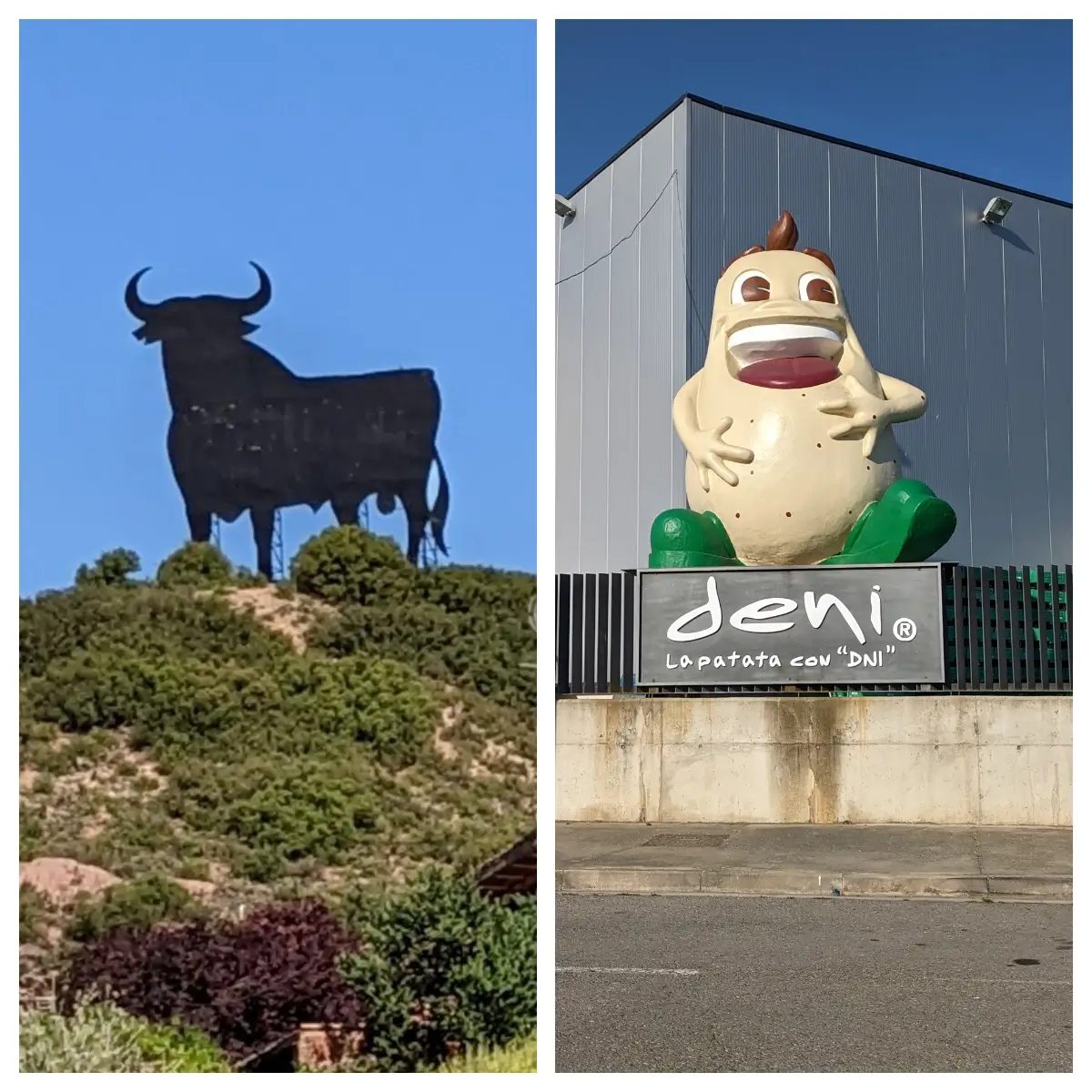
As usual, I transgress…
This walk, being part of the Camino, is not circular. We were in the very small village of Navarette and we had to get back to our car in Logrono. What were the chance of there being a taxi here? We weren’t confident. As we entered the outskirts of the village we spotted a family sunbaking on deck chairs and beach towels, in their concrete driveway. Even the fake plastic grass would have been a better alternative. Anyhow, we sort of barged into their driveway uninvited, asking if there was a taxi in the town and hinting that we were willing to pay them to ferry us to Logrono. To our surprise, there is a single taxi in Navarette. Our hearts sank when we found he was unavailable for the coming hour. (I think he was on siesta, sunbaking in his own driveway). The we’ll-pay-you-to-take-us-to-Logrono hint fell on deaf ears and instead, seńor said that there was a bus leaving in 45 minutes and politely pointed us in the direction. Anything so he could get back to sunbaking with his seńora.
Navarette is a quaint town like thousands of quaint towns around the world, with a lively centre and a youthful buzz. Whilst I went into the local supermarket to buy face masks (mandatory on Spanish public transport) the others plonked themselves down in the bar located next to the bus stop (mandatory at Spanish public transport stops) and ordered 4, thirst quenching beers. We’d taken a few sips of the amber when suddenly the bus pulled up. Panicked by the untimely arrival of the bus, we rushed out, leaving our beers two-thirds full on the table. It was quite comic. As we waited in line to board, a local entrepreneur was offering funny cigarettes (joints) to those waiting in line. There didn’t seem to be too many takers, which was probably just as well, since most of the commuters seemed to be 14 years old, or 70 years old. He needs to research his target audience or sale point better. The 15 minute ride was at once banal and exciting. Nothing happened. And that’s the point. We allowed ourselves to be immersed in everyday, non-touristy Spanish life. And this banality was more exciting than rubbing shoulders with hundreds of other tourists at a “must-see” sight.
Final stop, San Domingo De La Calzada, a major gathering point for pilgrims on the Camino. There seems to be two types of accommodation here. The luxury parador (there’s actually 2) or spartan hostels. Guess which one Yoni chose for us? It was quite an experience staying in a beautifully preserved castle. It actually made us sad that we paid less at the parador than what we would pay at a cheap, flea ridden youth hostel in Tel Aviv. I’m serious.
After relaxing for a bit, we departed for what was in some way our most controversial meal of the trip. It was a fancy restaurant called Los Caballeros. Yoni and I loved it, Garry and Mark a lot less so. Not because of the quality. That was indisputable. They simply don’t like fancy restaurants. And of course, we are all correct in our different views. However, there were no such complaints regarding our lodgings.
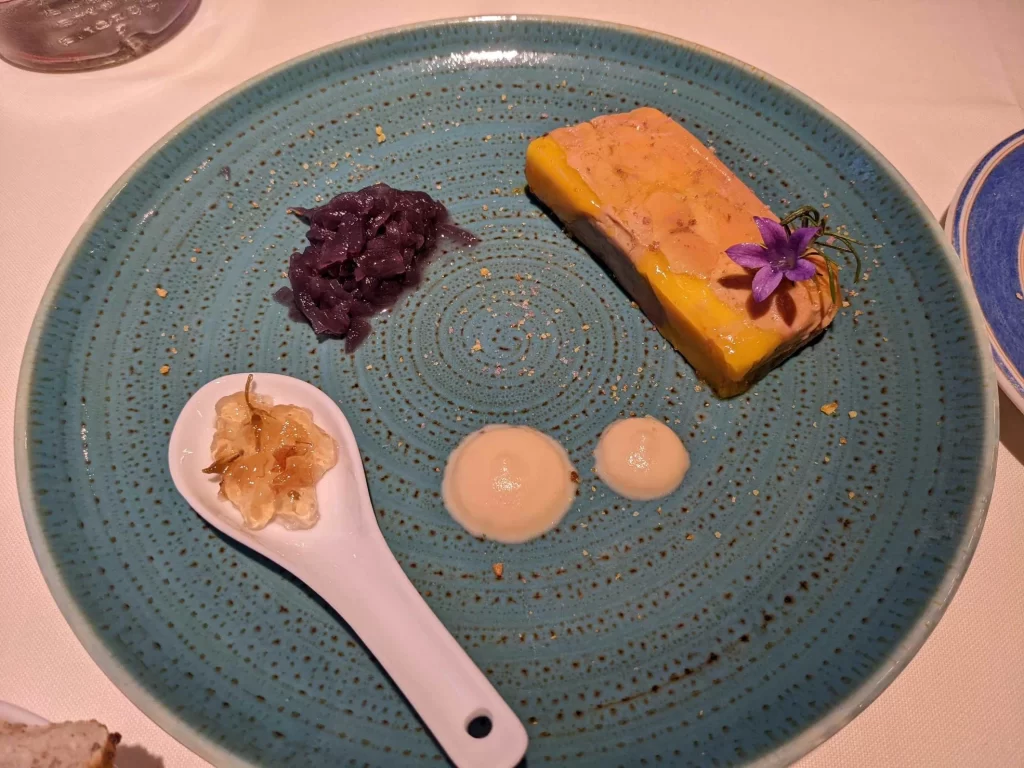
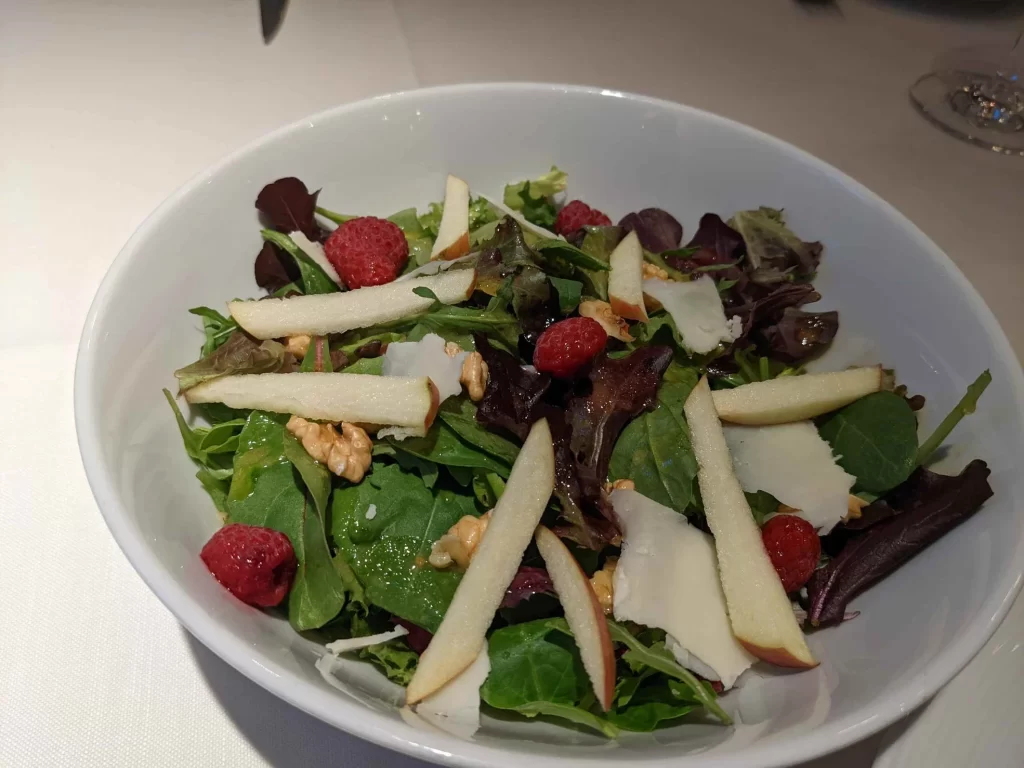
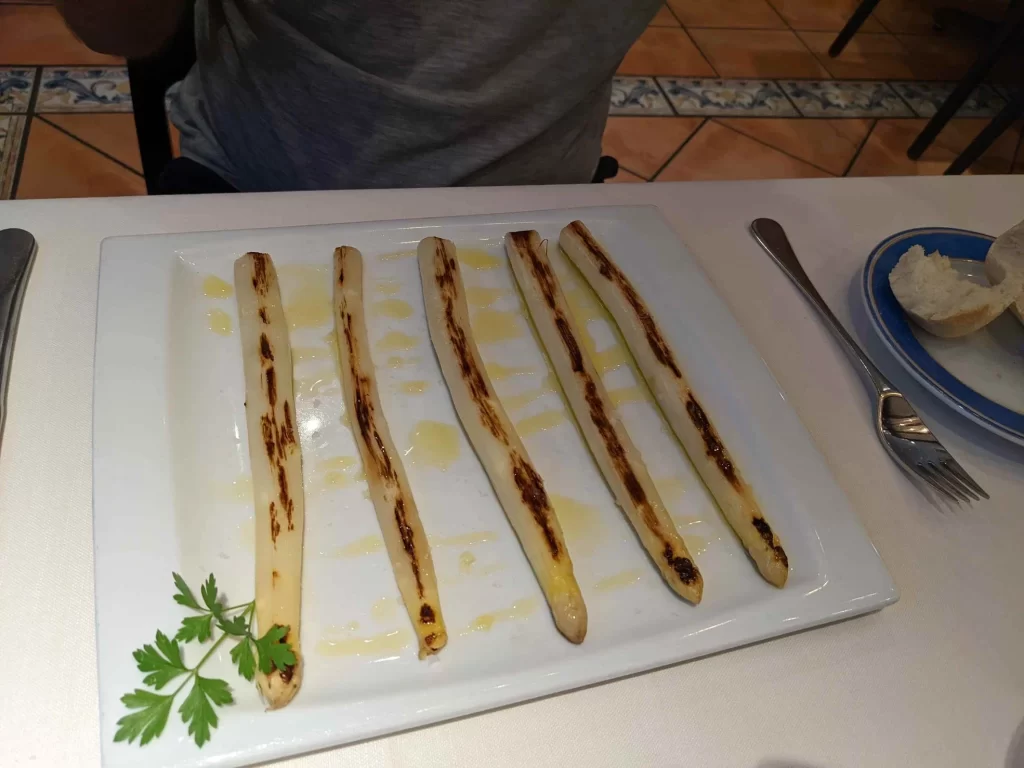
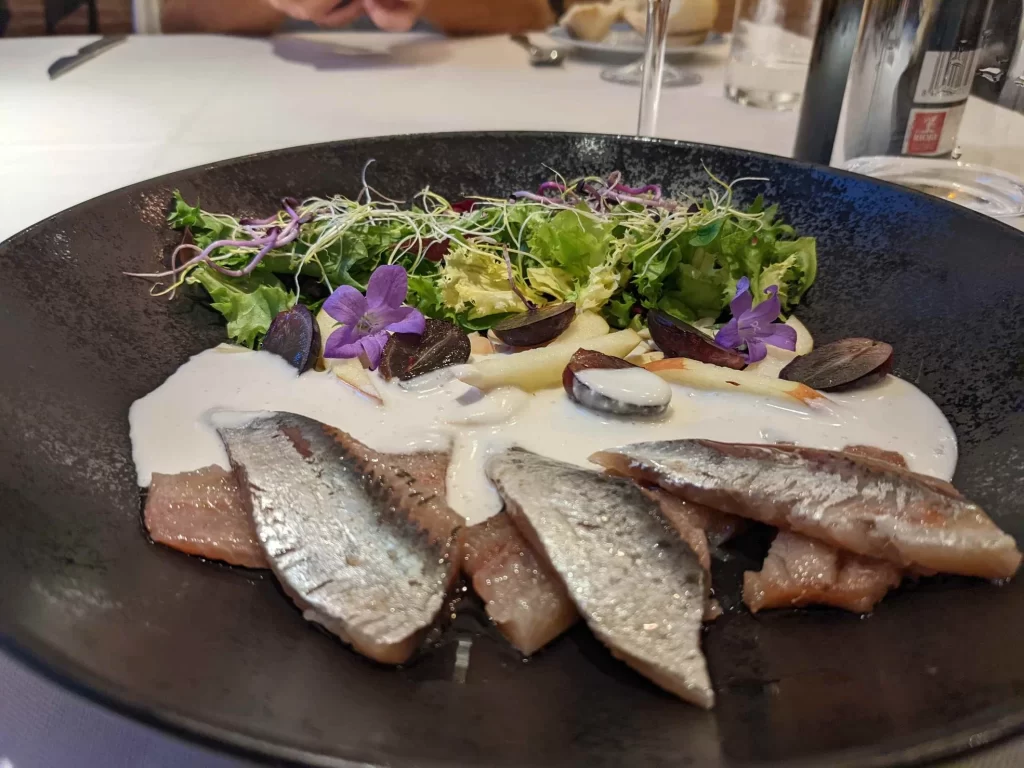
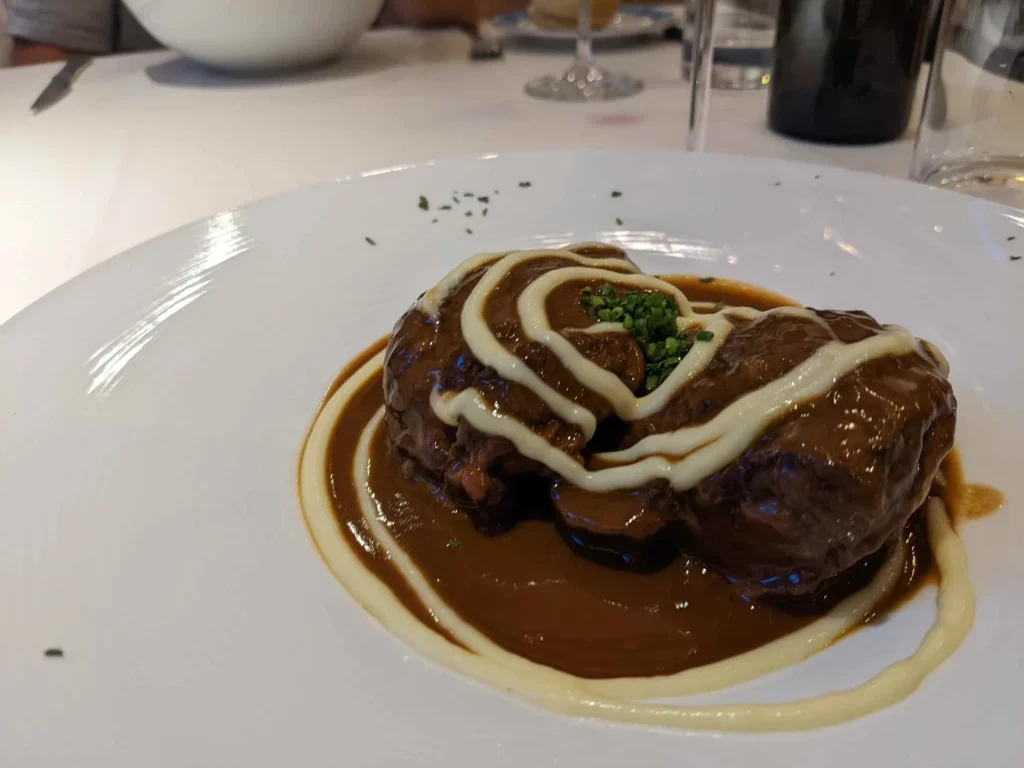
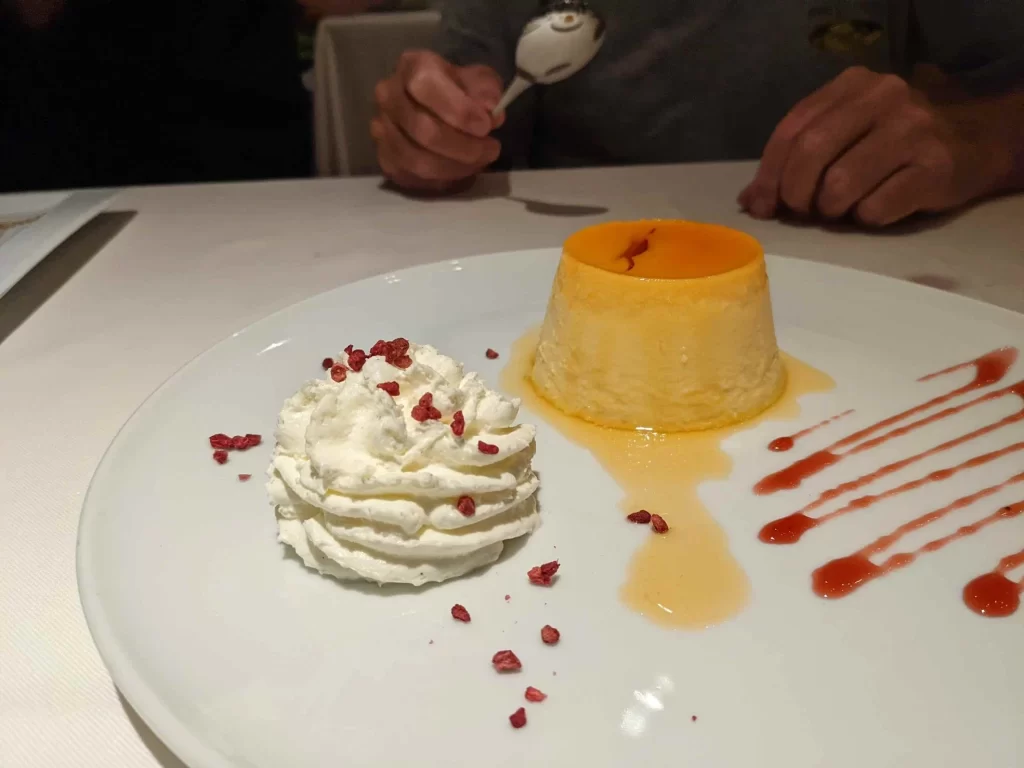
When Yoni and Mark retired for the evening. Garry and I continued on the slice-of-life authentic experience by watching the Champions League final of Real Madrid against Liverpool at a local pizzeria that had set up a giant TV for all to see. We both intensely dislike Real, but wisely chose to keep our allegiances to ourselves. It was enough just to be there with 100 other Spaniards, howling at every play, living a different religious experience than the Camino pilgrimage.
